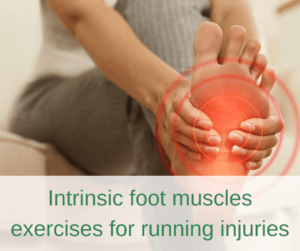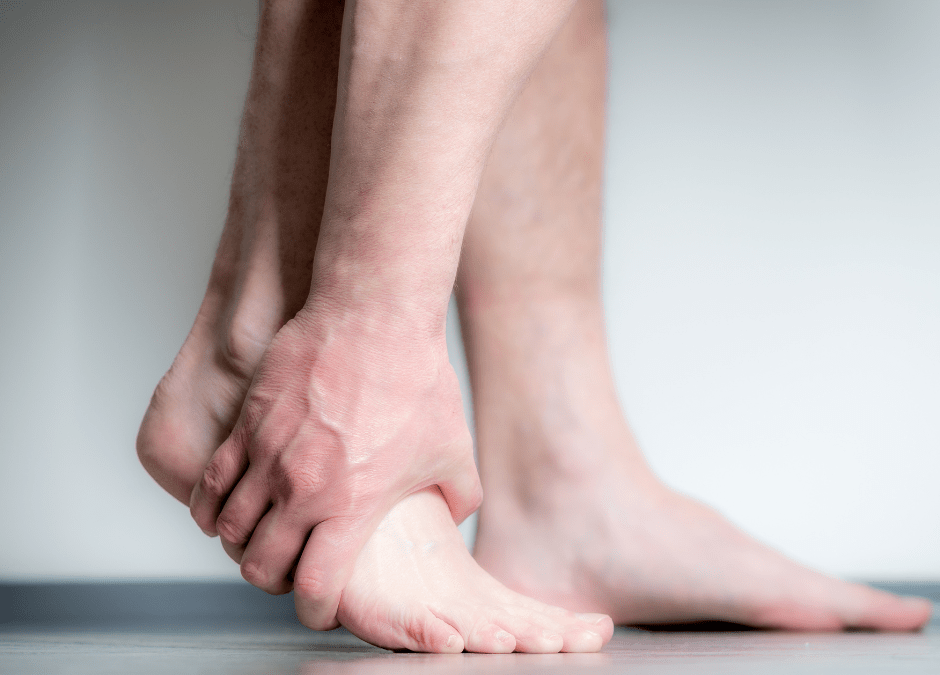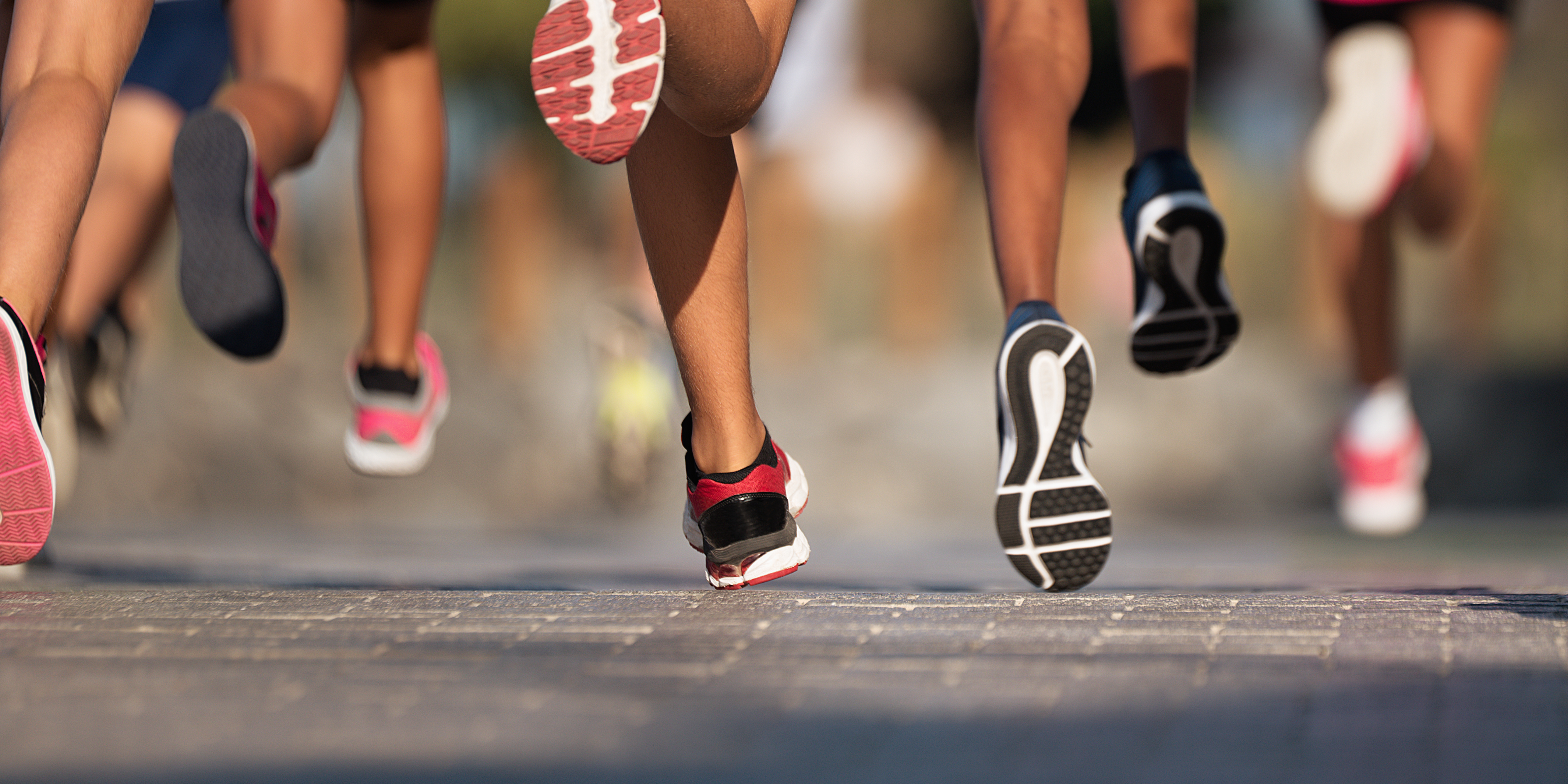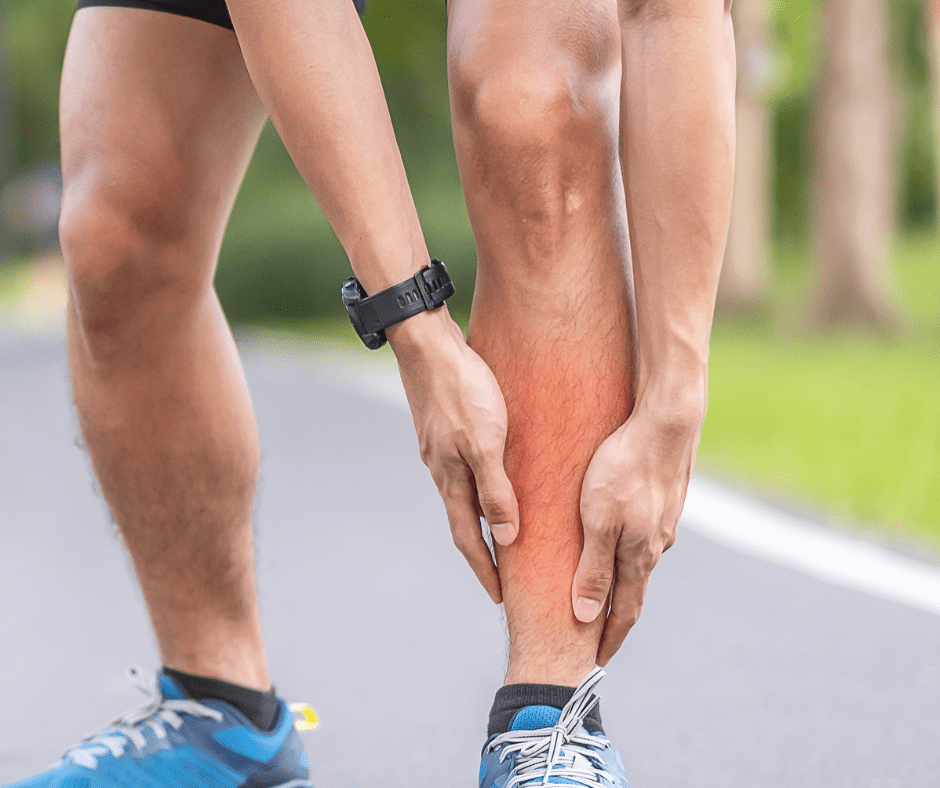How to rehab the foot muscles

The foot is a complex structure with 26 bones, 33 joints and over 100 muscles, tendons, ligaments, which together provide mobility and stability around the ankle by working in different planes of movement. Despite being such a complex structure, it is often ignored and forgotten in a sports injury or running injury rehab plan. Moreover, the foot is the first point of contact with the ground and hence foot muscle strengthening not only reduces the chances of injuries to the foot or ankle but also resist distortion. During walking, the ankle bears 5 times the force of body weight, whereas the force is 13 times the body weight during high speed running.
The Intrinsic foot muscle (IFM) are the important foot stabilisers and play an essential role during running and sprinting. The intrinsic muscles of the foot has 4 different layers. The important and the largest plantar intrinsic foot muscles include abductor hallucis (which pulls great toe out and has important role in alignment), flexor digitorum (which pulls 2nd to 5th toe inwards) and quadratus plantae (shortens the muscles of foot during walking or running).
Mechanism of Action of IFM during Running
There are two phases of running; the stance and the swing phase. IFM actions is different at each stage of the running. There is eccentric lengthening of IFM during stance phase of running followed by shortening at propulsion phase. Moreover, the medial arch recoils parallel to plantar fascia. The plantar fascia plays an essential role in flexibility, stability and shock absorption of the foot and also prevents over pronation. At the later stance phase of running there is dorsiflexion of the toes that builds tension at the plantar aponeurosis causing foot rigidity. This mechanism is known as ‘’Windlass mechanism’’.
According to recent studies IFM contributes towards late stance phase by providing impendance at metatarsal phalangeal joints, which in turn facilitates effective propulsive force at push-off phase of running. Running and Sprinting requires high one dimensional velocity and hence needs sufficient forces to be transmitted to the ground, therefore strengthening IFM will not only improve the capacity to generate forces but also to absorb these forces. Research has shown that runners who work on foot Intrinsic or have good Intrinsic strength, have found increase in their running speed.
Causes of impaired Running
- Foot posture (flat arches)
- Foot deformity (hammer or claw toes)
- Weak IFM muscles
- Associated foot conditions (e.g. Plantar fasciitis, lateral ankle sprains, chronic ankle instability, Achilles tendinopathy, calcaneal spur, etc.,)
- Sudden increase in the training load (e.g. frequency, intensity, distance of running or surface)
- Improper footwear
All of these issues can be identified and addressed in our Run Fit Assessment (with or without ultrasound scan), where one of the team will assess your flexibility, mobility and stability of the lower limbs. Similarly a podiatry assessment and plantar pressure gait scan might also be useful.
Benefits of strong Functional Feet
- Improves shock absorption and hence can cope with high speed running loads.
- Improves running performance.
- Helps in weight distribution during running.
- Maintains and supports the arch, by improving static and dynamic stability.
- Prevents running related injuries.
Prevention strategies for running-related injuries includes
- Toe curls
- Toe Spreading
- Short foot (e.g. Single leg balance)
- Picking up marbles from the floor
- Writing alphabets from A to Z (sitting on a chair)
- Appropriate Insoles (e.g. medial arch support)
After we have conducted a Run Fit Assessment of a podiatry assessment and plantar pressure gait scan we can put together a home exercise programme that can address any areas of weakness we find including some of the exercises listed above to strengthen the IFM.
References:
Kelly, L. A., Cresswell, A. G., Racinais, S., Whiteley, R., & Lichtwark, G. (2014). Intrinsic foot muscles have the capacity to control deformation of the longitudinal arch. Journal of the Royal Society, Interface, 11(93), 20131188. https://doi.org/10.1098/rsif.2013.1188
McKeon PO, Hertel J, Bramble D, et al.The foot core system: a new paradigm for understanding intrinsic foot muscle function. British Journal of Sports Medicine 2015;49:290.
Nielsen, R.O., Buist, I., Parner, E.T., Nohr, E.A., Sørensen, H., Lind, M. and Rasmussen, S. (2014) Foot pronation is not associated with increased injury risk in novice runners wearing a neutral shoe: a 1-year prospective cohort study. Br J Sports Med, 48(6), pp.440-447.
Taddei, U. T., Matias, A. B., Ribeiro, F. I. A., Bus, S. A., & Sacco, I. C. N. (2020). Effects of a foot strengthening program on foot muscle morphology and running mechanics: A proof-of-concept, single-blind randomized controlled trial. Physical therapy in sport: official journal of the Association of Chartered Physiotherapists in Sports Medicine, 42, 107–115. https://doi.org/10.1016/j.ptsp.2020.01.007
Tourillon, R., Gojanovic, B. and Fourchet, F. (2019). How to Evaluate and Improve Foot Strength in Athletes: An Update. Frontiers in Sports and Active Living, 1. doi:10.3389/fspor.2019.00046.




